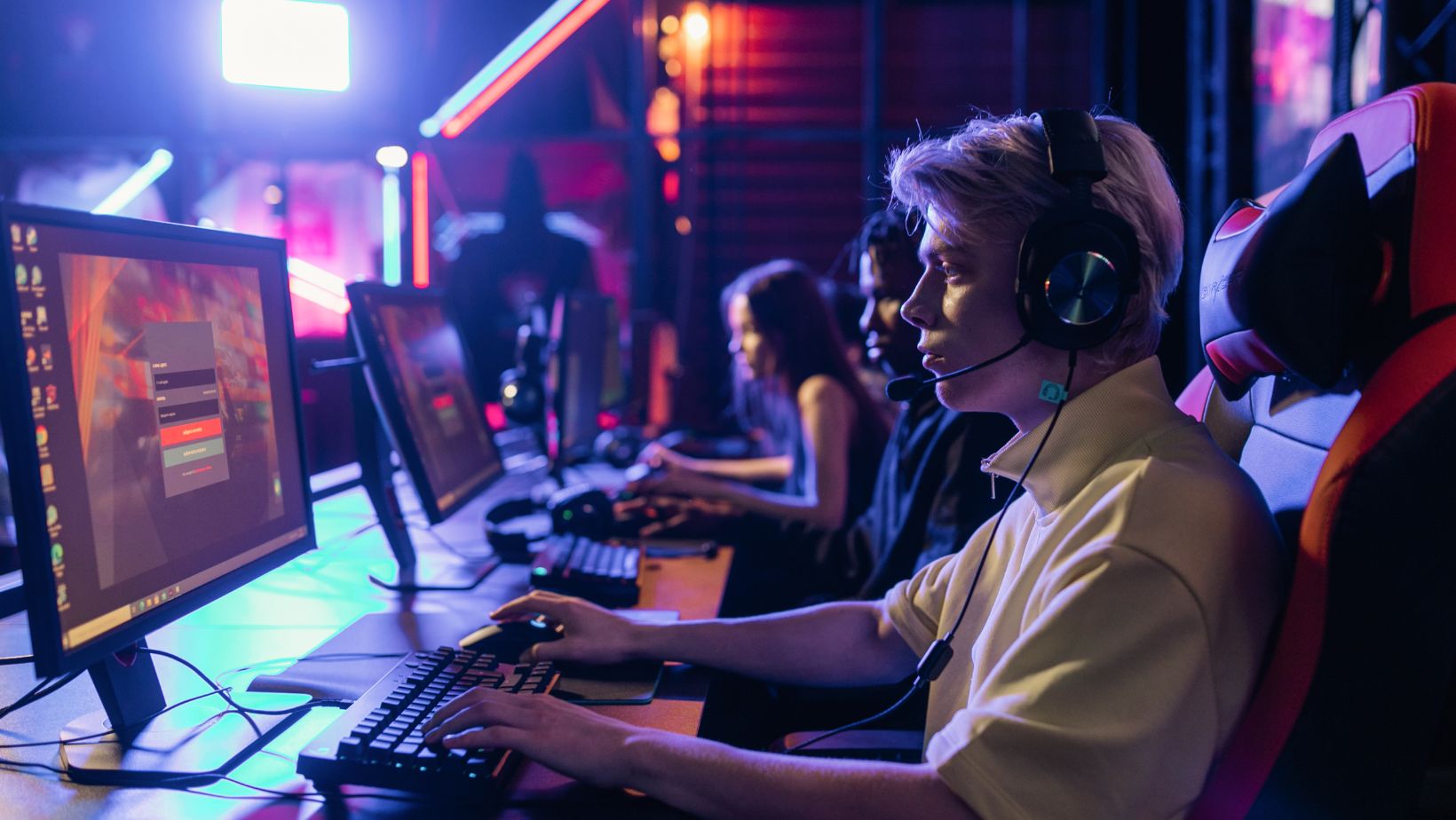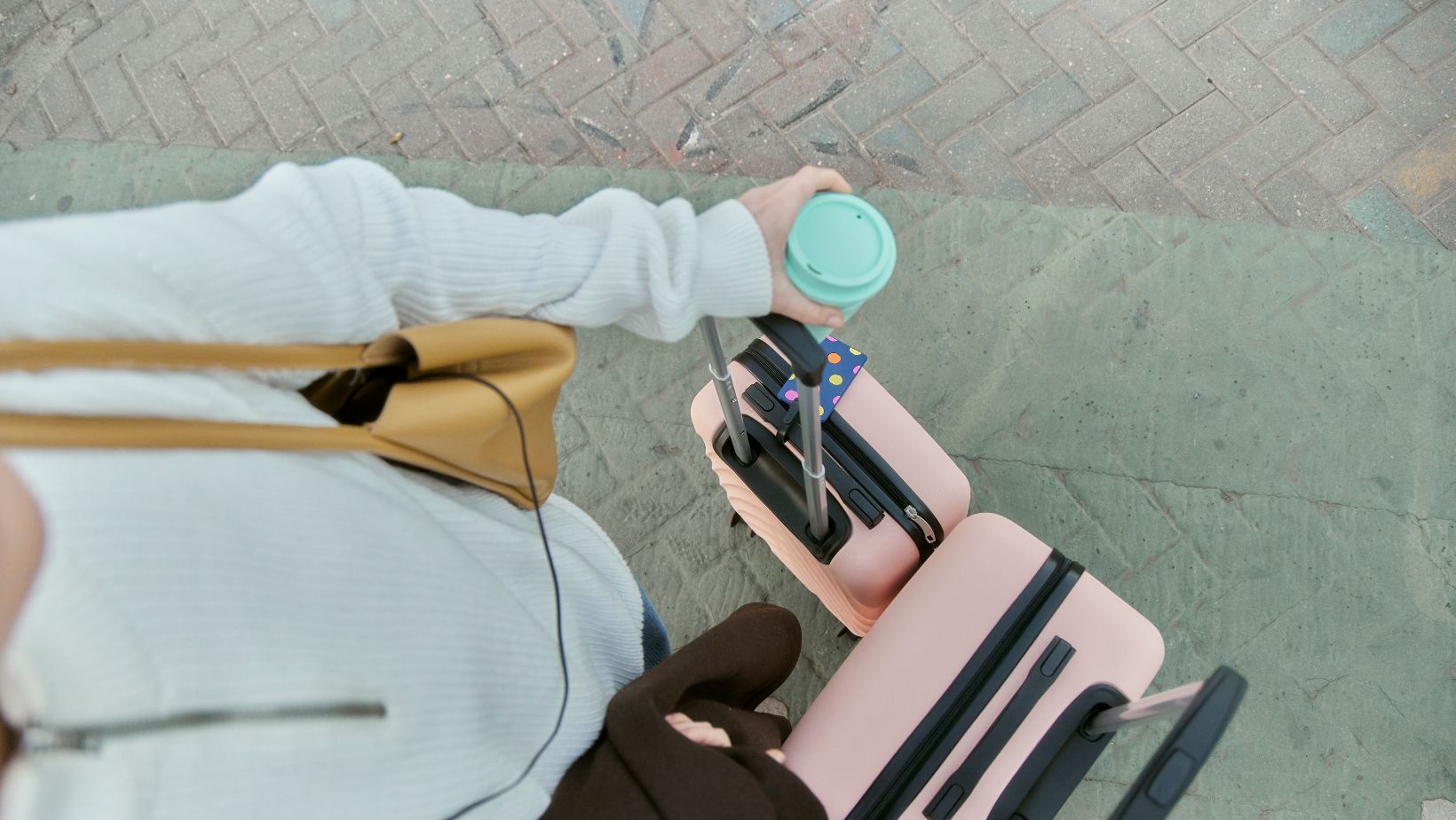Take a walk down any Main Street or through a busy shopping district, and you can’t help noticing how every café, bookstore, and pharmacy is pushing a points card or an app. People in line will flash their phones like they’re showing their ID to get a free latte, then walk away muttering that they’ve only earned a handful of points despite spending hundreds of dollars.
There’s a sense that traditional loyalty programs have hit a wall, and research backs that up. A recent study of United States consumers found engagement with loyalty programs has dropped about 10% since 2022, and overall sentiment has fallen roughly 20%.
Many people sign up for multiple schemes but rarely open the apps because the experience feels transactional, so brands are searching for ways to keep them coming back.
They feel stale and out of touch, especially for younger shoppers who expect more than a punch card.
Table of Contents
ToggleWhere Play Meets Reality
Online gambling operators, particularly offshore casinos, are known for prioritising customer satisfaction through playful loyalty programmes and generous bonuses. A look at how offshore casino licensing works shows how these firms balance trust and entertainment, and it helps explain why games resonate in real life.
That’s where gamification enters the picture. By adding game‑like tasks, points, badges, and challenges to an app, companies turn mundane interactions into little adventures. This approach is not a fad. Technology analysts note that leading loyalty programs that use personalized challenges and social competition are seeing up to 2.5 times higher engagement than those that stick with old‑school punch cards. When the experience is entertaining and you can see your progress on a leaderboard or compare your stats with friends, you start opening the app for the sheer pleasure of the game.
The Engagement Factor
There’s a simple reason playful apps boost engagement: they tap into the human desire to achieve something and to be recognised. Early schemes like mayorship badges in location apps showed how small rewards can drive behaviour, and that insight still holds true.
Marketing experts who track post‑gamification results report that adding challenges and rewards can raise customer engagement by almost half, with one survey showing a 47% lift in client participation and a 22% improvement in brand loyalty. A separate analysis of gamified loyalty programs found that activities like challenges and leader boards can increase average customer activity online by 68% and spark more social sharing.

Turning Passive Users into Loyal Players
An additional study found that companies with gamified loyalty programmes not only lift engagement but also enjoy a 15% boost in brand awareness and a 55% increase in share of wallet. Evidence that the fun extends to real business outcomes.
Keeping someone engaged is one thing, but turning them into a repeat customer is another. Gamified apps turn occasional users into loyal regulars by making the experience feel like an ongoing journey rather than a one‑off transaction. Brands are replacing generic discounts with playful missions that encourage users to explore new products or visit on quiet days, and these challenges work across sectors from finance to food.
Studies across different industries show that this method works. A case study from Switzerland‑based health platform Dacadoo reported that by layering in game mechanics like achievement‑triggered rewards and surprise campaigns, they multiplied their user retention rate and increased monthly active users by about 62%.
A German e‑commerce brand, Limango, saw similar results. Its gamified challenges led to a threefold increase in purchase frequency. These examples illustrate a broader trend: when customers feel like they are advancing, levelling up, or competing with peers, they stick around and spend more.
Beyond numbers, there’s a psychological boost that comes from feeling seen. When an app notes your progress and acknowledges small wins with badges or levels, it nurtures a sense of accomplishment. That’s a powerful motivator in a world where many of us juggle apps that fail to offer a sense of purpose.
Gamification transforms the routine into a narrative, and once you’re drawn into that story, you’re less likely to abandon the brand midway through. A sense of community matters too. Leaderboards, team quests, and shared badges make loyalty feel social, and surveys show that more than a quarter of millennials stay active in programs for those social elements.
Coffee Shops, Health Apps, and What Comes Next
The rapid adoption of gamified apps is changing expectations. Shoppers no longer settle for a static punch card and want interactive journeys that feel tailored to them. That means more brands will experiment with mini‑games and mission‑based offers, and even health apps that gamify exercise, sleep, and nutrition are seeing big jumps in engagement.




